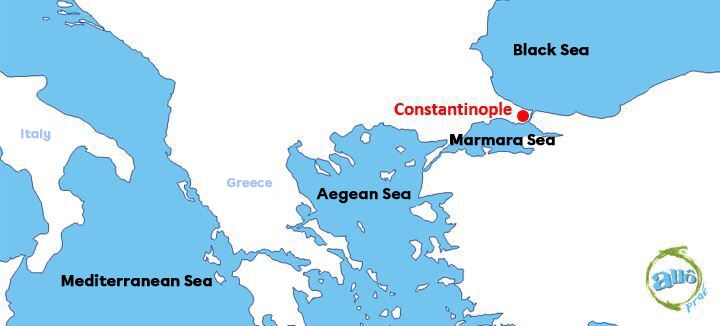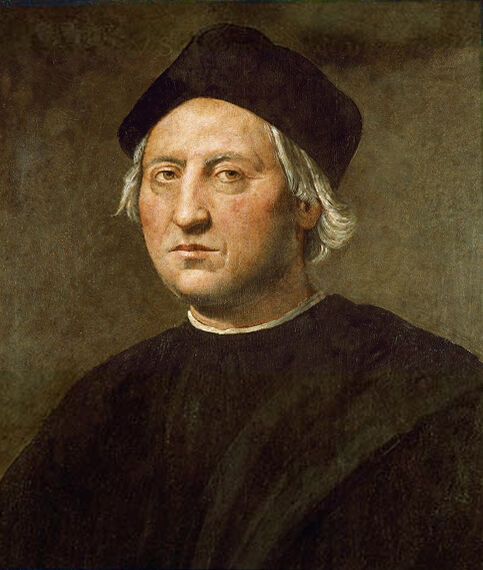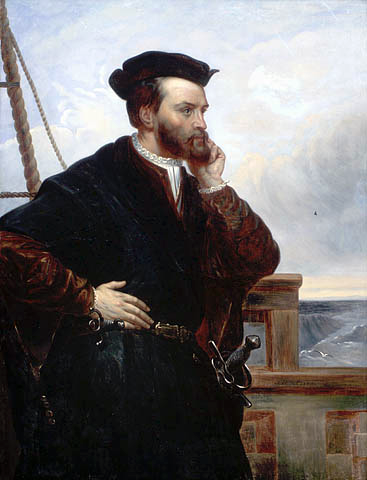The 15th century was a period of great change in Europe that led to new political, economic, religious and scientific realities. This context gave rise to great explorations that brought Europeans to America.
The Middle Ages were fraught with many political conflicts between European countries. Several of these conflicts came to an end in the 15th century. Spain, France and England took advantage of this peace to try to replenish their funds. The many wars had emptied their coffers which could be refilled by claiming new lands and their riches, such as gold, silver and gems.
In 1453, European countries took a hard hit economically when Constantinople was captured by the Ottoman Empire. Located on the eastern edge of Europe, traders hoping to access riches in the East had to go through this city. After its fall, eastward trade routes were no longer controlled by European traders, but by the Ottomans. In search of gold, spices and silk, Europeans looked for new maritime routes to India and China.

The Catholic Church became very rich and influential during the Middle Ages. In the 15th century, the Church went even further to convert more believers to Christianity by supporting voyages that sent missionaries to evangelize people in new lands.
An intellectual and scientific wave in Europe marked the beginning of the Renaissance. Philosophers and explorers wanted to discover the world. Spain, England and France paid explorers to find new routes to Asia. Long trips by ship were made possible by new inventions such as astrolabes, compasses and caravels. With the advent of printing, ideas and tales of travel could be shared more widely. Navigators could go faster and farther based on their predecessors’ past trips.
In 1492, Christopher Columbus, an Italian navigator funded by Spain, took what he thought was the shortest route to the East by crossing the Atlantic heading west. He thought he had set foot in India but was actually in the Caribbean. His travel accounts prompted other European countries to take the same route.

On behalf of England, John Cabot of Italy headed west in 1497. In his travel account, he wrote of having come across large banks of codfish off the Newfoundland coast, prompting European fishers to travel there each summer.
France sent two navigators to explore this new land. The first, in 1524, was the Italian Giovanni da Verrazzano, who explored the east coast and confirmed it was a new continent.
The second was the French Jacques Cartier, who went on three expeditions to America. During his first voyage in 1534, he ventured into the Gulf of St. Lawrence, claiming the land in the name of the king of France and establishing the first official contact with Indigenous populations. First Nations peoples helped him become accustomed to this vast and wild land. During his second voyage, from 1535 to 1536, he travelled down the St. Lawrence River, as far as Hochelaga island, known today as Montreal. In 1541 and 1542, he made a third voyage with the goal of founding a settlement.
